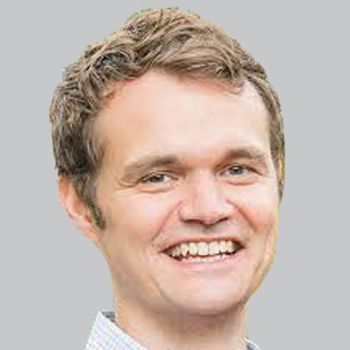
Even after excluding those who received ALS diagnosis in the 5 years prior, higher HDL and APOA1 levels were associated with a lower risk of ALS.

Even after excluding those who received ALS diagnosis in the 5 years prior, higher HDL and APOA1 levels were associated with a lower risk of ALS.
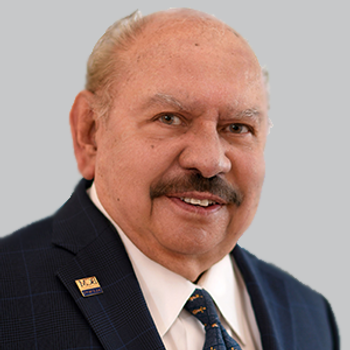
The study is the first to provide data from all Latin American countries, further identifying geographic-resultant limitations of access to technology and therapy for NMOSD.
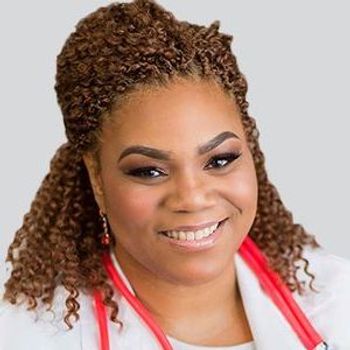
Mitzi Joi Williams, MD, shares her insights about differences in treatment and approach between millennial patients and the older generations of those with MS.
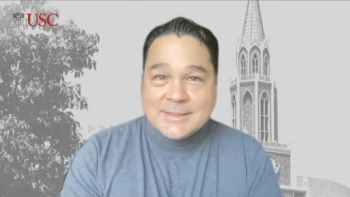
Commenting on recent advances and persistent challenges for these patients, the associate professor of clinical occupational therapy at USC Keck Hospital spoke on the need to increase equity and access to care. [WATCH TIME: 6 minutes]

The multinational study uses change from baseline to week 12 in total Unified Parkinson’s Disease Rating Scale score, defined as sum of parts II and III scores, as the primary end point.
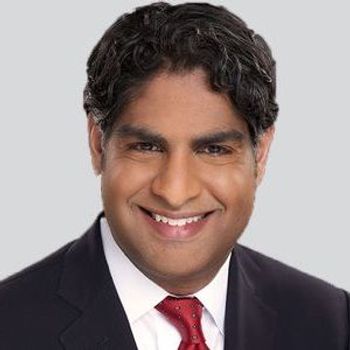
The agent had previously demonstrated positive results in a phase 2a setting, with favorable trends on modified Unified MSA Rating Scale scores across a 12-week period.

The associate professor of clinical occupational therapy at USC Keck Hospital discussed the role of occupational therapists and other medical professionals in the care of these patient populations. [WATCH TIME: 3 minutes]

The professor of neurology at the University of Pennsylvania Perelman School of Medicine discussed the state of care for Friedrich ataxia and omaveloxolone’s potential to become its first approved therapy.
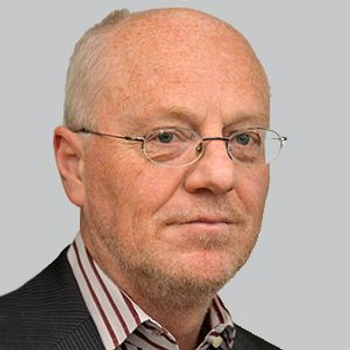
The gepant, marketed as Qulipta, is the first oral calcitonin gene-related peptide receptor antagonist approved for episodic migraine.
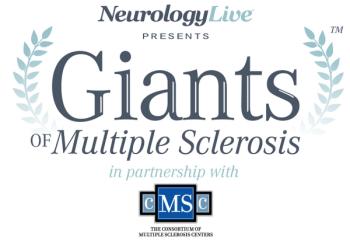
The first-of-its-kind, peer-nominated recognition program will celebrate the comprehensive care community in multiple sclerosis.

The associate professor of clinical occupational therapy at USC Keck Hospital discussed the growing awareness for the care of these patients, as well as the integration of occupational therapists. [WATCH TIME: 2 minutes]

The submission includes findings from Study 1601, along with long-term safety and efficacy data from Zogenix’s ongoing open-label extension trials.
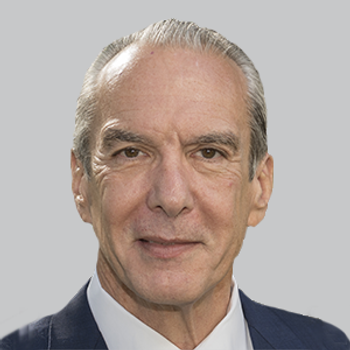
The investigational antiamyloid beta (Aß) protofibril antibody previously known as BAN2401 is being submitted to the FDA under the accelerated approval pathway for the treatment of Alzheimer disease.

With AMX0035 expected to be submitted to the FDA for review in the coming months, the investigator at the Healey & AMG Center for ALS at Massachusetts General Hospital chimed in to share her thoughts on its potential. [WATCH TIME: 3 minutes]
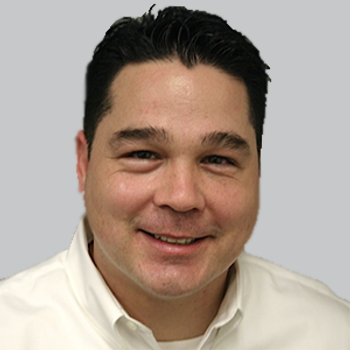
Jess Holguin, OTD, OT/L, spoke on the unique role occupational therapists can play for patients with neuromuscular and movement disorders.
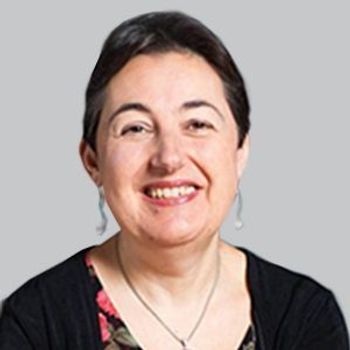
Despite not achieving statistical significance, there was greater relative reduction in seizure frequency over placebo in those with a structural etiology for focal epilepsy than those without, laying the foundation for future research.
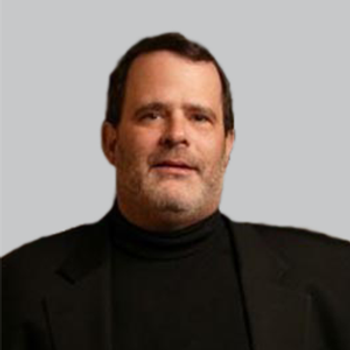
Data from the STRIDE patient registry showed that treatment was also associated with a delay in pulmonary function decline for those with Duchenne muscular dystrophy.

Following her presentation at MDS 2021, the PhD candidate in epidemiology at Erasmus University Medical Center discussed highlights from this year’s virtual congress. [WATCH TIME: 2 minutes]
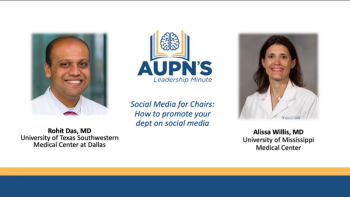
Episode 15 of the AUPN Leadership Minute features Alissa Willis, MD, of University of Mississippi Medical Center; and Rohit Das, MD, of University of Texas Southwestern Medical Center at Dallas. [WATCH TIME: 4 minutes]
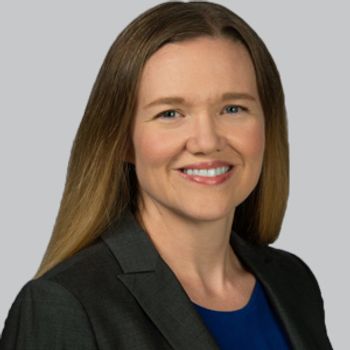
Jessica Caldwell, PhD, director, Women’s Movement Prevention Center, Cleveland Clinic, sat down shed light on the understanding of Alzheimer disease in women and their inclusion in clinical trials.
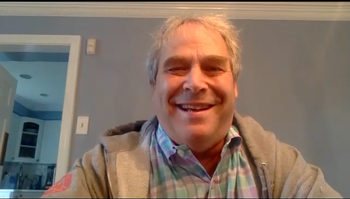
The professor of neurology at the University of Pennsylvania Perelman School of Medicine discussed whether omaveloxolone’s therapeutic benefit is enough for it to become the first approved therapy for Friedrich ataxia. [WATCH TIME: 2 minutes]

Here's what is coming soon to NeurologyLive.

The PhD candidate in the epidemiology department at Erasmus University Medical Center in the Netherlands discussed the need for tailored treatment in light of the COVID-19 pandemic. [WATCH TIME: 4 minutes]
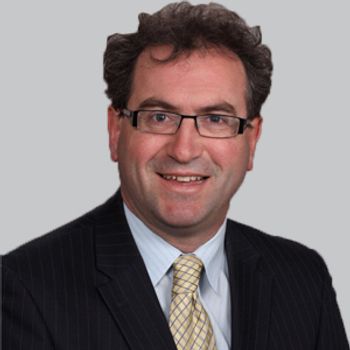
Between PREVENT baseline and end, mean EDSS and Hauser Ambulation Index scores improved with eculizumab (Soliris; Alexion) monotherapy and deteriorated with placebo alone.
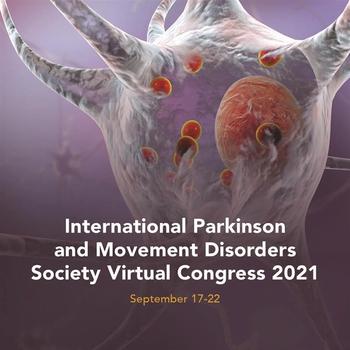
Following MDS 2021, we compiled a roundup of some of our discussions with experts in the Parkinson disease and movement disorders space in one convenient location.

Lucas M. Donovan, MD, MS, discussed key takeaways from a recent study evaluating the integration of telehealth during the COVID-19 pandemic.

The PhD candidate in the epidemiology department at Erasmus University Medical Center in the Netherlands discussed the need for tailored treatment in light of the COVID-19 pandemic. [WATCH TIME: 4 minutes]

Neurology News Network for the week ending September 25, 2021. [WATCH TIME: 4 minutes]

The findings identified Th2-related cytokines as characterizing for the prognosis of acute episodes of NMOSD at 1 month and found serum NfL to be a likely biomarker of disease severity at attack.

Take 5 minutes to catch up on NeurologyLive's highlights from the week ending September 24, 2021.